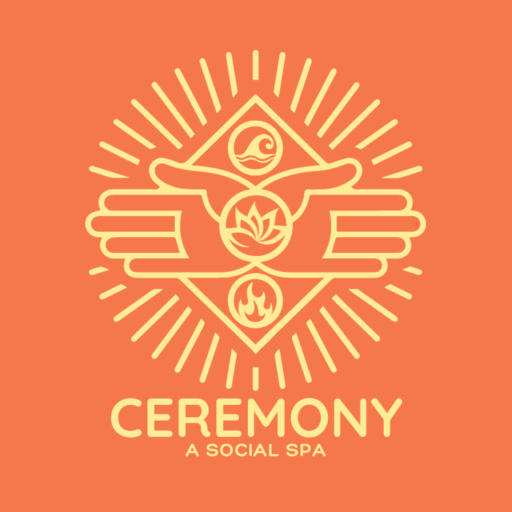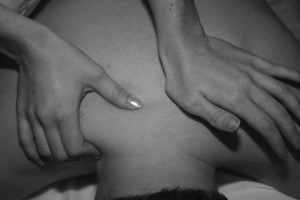Introducing the rotator cuff muscles: No other joint has greater movement than the shoulder. The rotator cuff muscles allow for the flexibility and stability. This is a group of four muscles and tendons that attach the humerus/upper arm bone to the scapula and create what we know of as the shoulder.
These muscles are responsible for the actions needed for circumduction (a conical movement of a limb extending from the joint at which the movement is controlled) of the arm and shoulder. The rotator cuff muscles attach from the scapula/shoulder blade to the humerus. Three muscles are on the back/posterior aspect of the shoulder blade and one is on the anterior/front aspect on the underside of the bone. Together these muscles work to stabilize and balance one another. The top rotator cuff muscle, known as the supraspinatus, works with the deltoid to lift the arm up and to the side. The muscles on the back of shoulder blade known as infraspinatus and teres minor both laterally rotate the shoulder and arm.
The one in the front, the subscapularis, medially rotates the arm. This muscle is often over contracted and tight due to the rotation being required for computer work and driving. When the subscapularis is pulled tight the infraspinatus and teres minor are pulled long and can experience pain.
 A skilled massage therapist will understand how to work the tight muscle in order to relieve pain in the muscles that are being pulled long. If the therapist only addresses the long muscles the shortened and over contracted one will continue to pull and pain will return rapidly.
A skilled massage therapist will understand how to work the tight muscle in order to relieve pain in the muscles that are being pulled long. If the therapist only addresses the long muscles the shortened and over contracted one will continue to pull and pain will return rapidly.
There are many common injuries of the rotator cuff. Repetitive overhead use can cause tendonitis, the fluid-filled sacs who function to reduce friction called bursa can become inflamed and cause bursitis. There can be tears in the rotator cuff tendons. Massage can help to prevent rotator cuff injuries by keeping the shoulder flexible and relaxed. If you have a rotator cuff injury working with a health team that includes massage can speed recovery.

